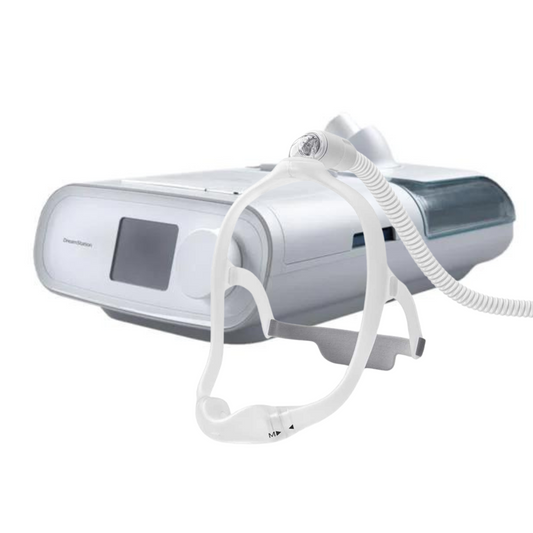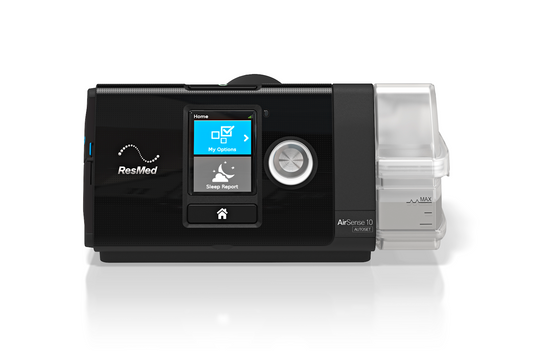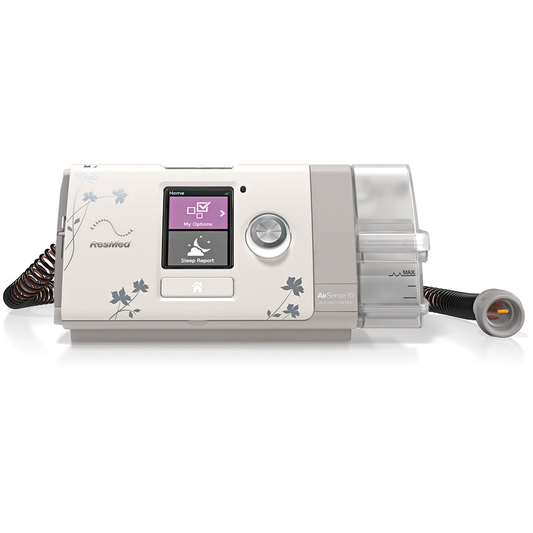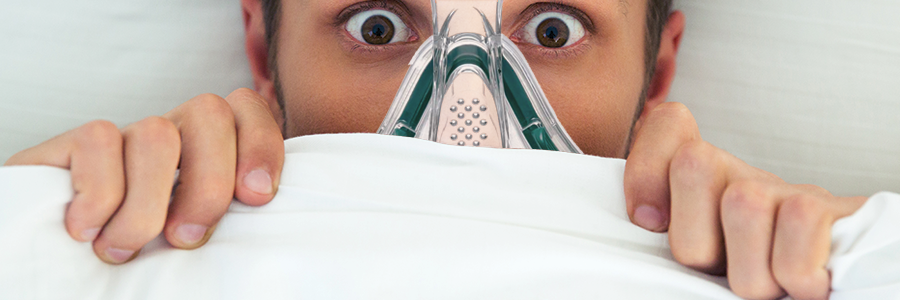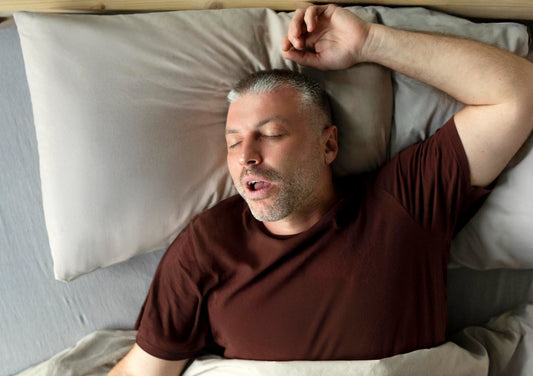CPAP (Continuous Positive Airway Pressure) therapy is a common treatment for sleep apnoea, but some patients are genuinely terrified of sleeping with their CPAP mask on. They may feel anxious or experience panic attacks. Others may find it difficult to breathe or feel claustrophobic while undergoing CPAP therapy. Many beginner CPAP users face this issue. However, this problem can be diminished and even eliminated, ensuring effective and glitch-free CPAP therapy.
CPAP Claustrophobia Explained
CPAP claustrophobia is a natural occurrence at the beginning of a patient’s CPAP treatment. Patients may struggle to breathe each night during therapy, causing the production and circulation of adrenaline or stress hormones throughout the body. Eliminating or clearing these stress hormones is necessary, but can it be done while wearing the CPAP mask that triggered the claustrophobia?
Several fears can lead to CPAP claustrophobia. A person who is troubled by the idea of something on their face might have difficulty sleeping with a CPAP mask. Concerns about the head strap strangulating them or the diminished line of vision when wearing a mask can also trigger fear. The weight of the mask or the sensation of not being able to breathe properly may exacerbate these feelings.
Ways to Diminish CPAP Claustrophobia
It is possible to diminish or eliminate anxiety and claustrophobia related to CPAP mask use by observing certain practices:
Gradual Desensitisation
- Familiarisation: Start by wearing the mask during the day while awake. Begin with short sessions and gradually increase the duration.
- Use Without Pressure: Wear the mask without turning on the CPAP machine to get used to its presence on your face.
- Add Pressure Slowly: Once comfortable with the mask, turn on the machine and use it while awake, gradually increasing the pressure.
Choose the Right Mask
- Mask Type: There are various types of masks available—nasal pillows, nasal masks, and full-face masks. Find one that feels less intrusive and more comfortable.
- Fit and Comfort: Ensure the mask fits well. A poorly fitting mask can cause discomfort and increase feelings of claustrophobia.
- Try Different Masks: Don't hesitate to try multiple masks to find the best fit and comfort level.
Relaxation Techniques
- Deep Breathing: Practise deep breathing exercises to help relax and reduce anxiety before and during CPAP use.
- Progressive Muscle Relaxation: This involves tensing and then relaxing different muscle groups to reduce overall tension.
- Mindfulness and Meditation: Techniques such as mindfulness and meditation can help calm the mind and alleviate feelings of claustrophobia.
Positive Visualization
- Visualisation: Visualise a calming and comfortable place while using the CPAP mask. This can help distract from the sensation of the mask and reduce anxiety.
- Positive Reinforcement: Remind yourself of the benefits of CPAP therapy, such as improved sleep quality and overall health.
Therapy and Support
- Cognitive Behavioural Therapy (CBT): CBT can help address the thoughts and behaviours associated with claustrophobia.
- Support Groups: Join a CPAP support group to share experiences and strategies with others facing similar challenges.
Comfort Enhancements
- Humidification: Use a CPAP machine with a humidifier to reduce dryness and improve comfort.
- Mask Liners: Soft mask liners can improve comfort and reduce irritation.
- Climate Control: Ensure your sleeping environment is comfortable, with the right temperature and bedding.
Use Vented Masks
- Protection Against Asphyxiation: Use vented CPAP masks to prevent the build-up of carbon dioxide inside the mask. Exhaust vents are designed to eliminate carbon dioxide, especially if the CPAP machine turns off due to power failure. If the vents are blocked, natural reflexes will prompt the patient to open their mouth and remove the mask.
Reframe Your Thinking
- Positive Mindset: Think of the CPAP machine as pushing air into you, rather than the other way around. Daily use will eventually diminish fear.
- Daytime Practice: Wear the mask during the day and practice breathing through it while reading or relaxing.
Acceptance and Perseverance
- Accept the Necessity: Accept that CPAP therapy is crucial for improving your quality of life. Persevere with the therapy despite initial hurdles. With time, you will adapt to CPAP therapy and the mask.
By gradually acclimatising to the CPAP mask, choosing the right equipment, practising relaxation techniques, and seeking support, many patients can overcome claustrophobia and successfully continue their CPAP therapy.
For assistance and more information, call us now at:
**1300 750 006**
